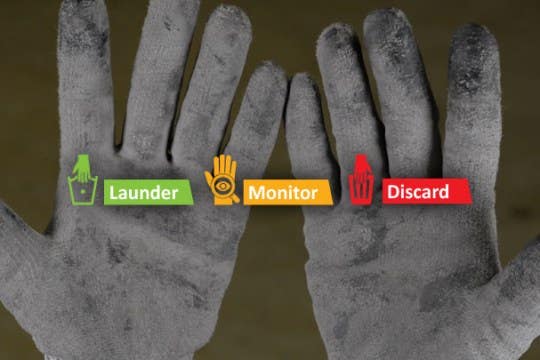
When Should You Replace Your Work Gloves?
If you’re wondering whether your tires are still safe to drive, you can check the tread wear with a penny! But how do you know if your work gloves are too worn out to keep you safe? There’s no reliable trick like there is for tires. It’s more a judgement call your workers can make if you give them the right information.
What happens when work gloves get too worn?
When your gloves begin to wear out, the very injuries your PPE is supposed to protect you from become more likely. Some common warning signs include:

Worn Spots

Snags

Pulls in a knit glove shell

Peeling palm coatings
Ignoring these may compromise a glove’s cut and puncture resistance – and that can allow metal shards or other hazards through. A worn palm coating can also compromise grip, causing tools or materials to slip.
Excessive Glove Soiling
It can be hard to see wear if your gloves are dirty. Be sure to launder them before they become too soiled to visually check for safety. This can not only help in identifying a worn glove, but it can make your PPE last longer! Be sure to check laundering guidelines for your particular item. While many can be washed in a home machine, some require professional laundering.
How to Determine Signs of Wear in Work Gloves
![]()
Soil or Saturation
Always follow manufacturer’s washing instructions when a glove is soiled or saturated.
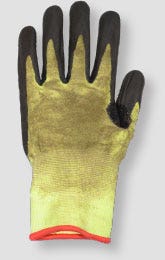
![]()
Light Wear
A used glove won’t look brand new, but light wear can still be safe. Stay on the lookout for further wear!
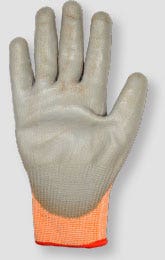
![]()
Light Soil
A little soil is acceptable as long as it doesn’t compromise glove usability or make it hard to check for wear.
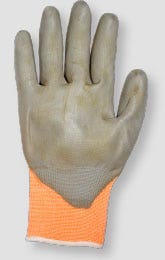

Thin Spots
Thin spots in the shell of your glove can compromise cut, abrasion, and puncture resistance. Thin spots in your glove coating can compromise grip.


Holes, Tears, or Pulls
Never use a glove that has visible holes, tears, or pulls. A damaged glove is an unsafe glove!
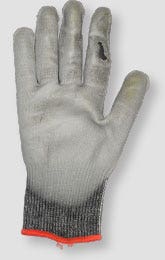

Excessive Soil or Saturation
If a glove is deeply soiled or saturated with oils or chemicals, it may be too far gone to launder.
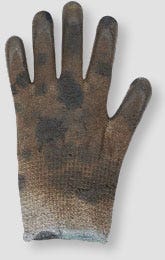
Avoid Safety Accidents Due to Excessive Glove Wear
The best way to keep everyone’s gloves in tip top shape is to require your workers to carefully examine their PPE before every shift. They should also check their gloves periodically throughout the work day as glove wear and damage accumulate on the job. Making these habits part of their routine will help to reduce incidents due to glove wear. And since wearing or discarding is a judgement call, help your workers make the right decision by posting guidelines. Be sure they know that it’s always better to toss a glove too early than to risk an injury and that if they’re not sure, to consult their safety manager!



